Bermuda is built on the backs of corals. Or it would be, if corals had backs.
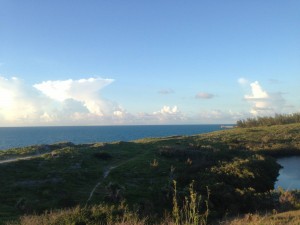
They don’t. Coral don’t have vertebrae, or heads, or eyes. An entire coral organism – a polyp – is one single, tentacle-ringed cavity, one cavern that is mouth, stomach, and anus combined. Yet these tiny animals are powerful: together, their colonies can grow meters tall, producing hard, rock-like skeletons that form the backbones of coral reefs.
Though perhaps better known for its pink-sand beaches and international banking, Bermuda is also home to spectacular coral reefs. And the low-lying rock island is a monument to the power of calcifying organisms and geological time.
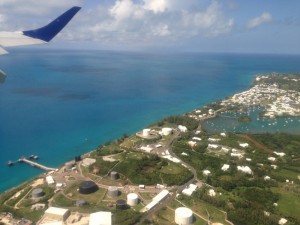
This is how my adviser, Anne Cohen, explained it to me when I first arrived in Bermuda. It became the way I saw the island, and changed how I saw coral: I began, like Anne and many other researchers, to see my study organisms as the center of my world.
Bermuda’s platform, located about 600 miles east from the Carolinas’ shore, was formed by an ancient volcano. Anne explained this to me as a great geologic whoosh – the volcano got pushed across the Atlantic ocean, and it landed here, and then it eroded into the sea – millions of years of history in time-lapse. As the island eroded, coral reefs formed in the shallows, bathed in the warm water of the Sargasso Sea. These corals, as well as calcifying algae, accreted rock-like skeletons of calcium carbonate, building a reef oasis. In turn, the rocks they built were broken down by the munching of parrotfish, the grinding of worms, and the pounding of waves. The tiny grains of calcium carbonate that were formed by this erosion are what we call sand.
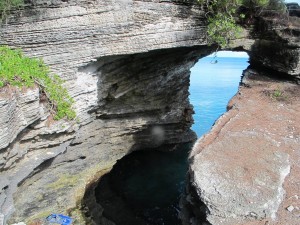
Through the millennia, sea levels rose and sank, as the globe cycled through glacial and interglacial periods. Anne portrayed these final stages like the first and only Wonder of the World: the sand was moved by waves and wind, alternately whipped up into dunes and submerged deep under the sea, where the dunes cemented into rock. The rock was pushed back up to the surface: solid land born of reef skeletons, the forces of nature, and time. The island is a mausoleum to the ages, built of cremated reef.
This is what Bermuda will always be to me. Running along the sandy trail that tracks the island’s northernmost shoreline, I could imagine the eons of accretion, the millions of untallied invertebrate lives, beneath my turning feet.
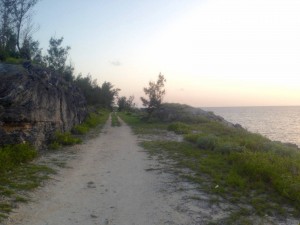
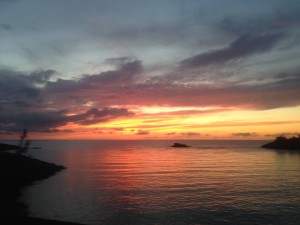
This way of seeing the island changed how I understood both my research and Anne’s passion for her work. Anne sees her research questions and their implications in every sandy coastline and limestone hill. In some ways, I think this is what it truly means to be a researcher: to see the dune not as lifeless rock but as a monument to coral. On Bermuda’s reefs and cliffs last summer, I began to see this way, too. And I learned a new kind of awe for the tiny organisms, barely visible to the naked eye, which can shape some of the most wondrous, large-scale processes on Earth.
-Zoe Sims, Natural Sciences Correspondent

